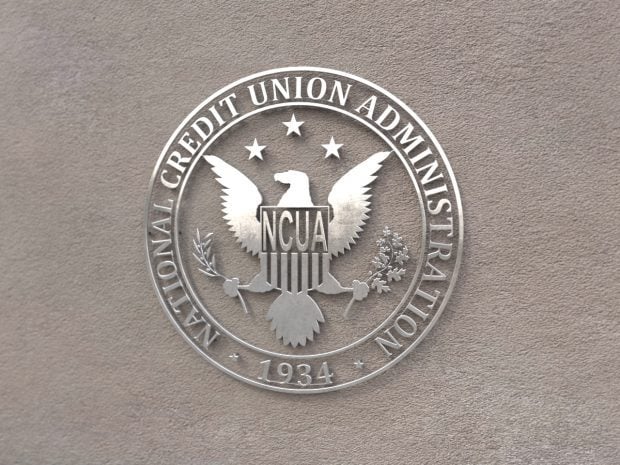WASHINGTON — Marking the five-year anniversary of when the Small Business Administration first expanded its loan programs to credit unions regardless of their charter, CUNA President/CEO Dan Mica and SBA Administrator Steve Preston recently met to discuss strides made and where improvements might be made.
Hector Barreto, SBA administrator in 2002, estimated that as many as 1,500 credit unions were likely to join SBA's network of lenders after the federal agency lifted its limit on CU participation to only those with community charters.
That would account for a potential increase of 30% in the overall number of facilities where entrepreneurs can seek capital for their business, Barreto said. In 2007, however, credit unions only accounted for 1% SBA lending.
Recommended For You
Mica and Preston met Feb. 12 along with CUNA Deputy General Counsel Mary Dunn to look back on the relationship between SBA and the credit union industry. Today, more than 385 credit unions now participate in the agency's 7(a) program.
Some suggest this is because credit unions are the new kids on the block.
"Although [credit unions] are small players at this time, our use of SBA loans have doubled as loans at other financial institutions have dropped off," Mica said. "We wanted to know what we could do to increase participation."
Mica recounted that Preston said SBA is working hard "to improve their efficiencies" including coming out with a new operating manual in the future. Meanwhile, based on conversations Mica said he had with credit unions four years ago regarding their relationship with the agency, application processing delays was the top complaint.
"Today, these same credit unions said SBA has improved dramatically and they are pleased to work with [the agency]," Mica said.
Mica and Preston also talked about how to make SBA's 7(a) and 504 loan programs more available and accessible. Credit unions are already gravitating to the agency's Patriot Express program, which launched in the summer of 2007. Nearly 50 have signed on to the loan initiative that helps military personnel start or expand their businesses.
Preston is also hoping to see increased participation within the agency's Rural Lender Advantage program that promotes the economic development of local communities, particularly those facing the challenges of population loss, economic dislocation, and high unemployment.
"It was clear from my discussions with Mr. Mica that the many operational reforms we are driving at the SBA will provide a clear benefit to credit unions [that] use our services," Preston said.
There was some discussion on raising the current-member business lending cap to 20% of assets, up from 12.25% under the Credit Union Regulatory Improvements Act (H.R. 1537), Mica said, but Preston was more of a sounding board for the proposal rather than offering comment on it.
"SBA's goal is not to get in fights with the banks, their goal is to get loans out there to help small businesses," said Mica, adding the average credit union SBA loan is less than $190,000 and the industry's default rate is "extremely low and well below that of other financial institutions."
Overall, the meeting with Preston was "a very good one" and more meetings are in the works for SBA to talk with credit unions that are SBA lenders, Mica said.
"Our start-up has caught [SBA's] attention," Mica said. "We are 100% on track with SBA. If you can get the loans out to small businesses, it helps the country. It's a win-win all the way around. The only tension that would arise is if the banks didn't want credit unions to participate [in SBA lending]."
© 2025 ALM Global, LLC, All Rights Reserved. Request academic re-use from www.copyright.com. All other uses, submit a request to [email protected]. For more information visit Asset & Logo Licensing.







